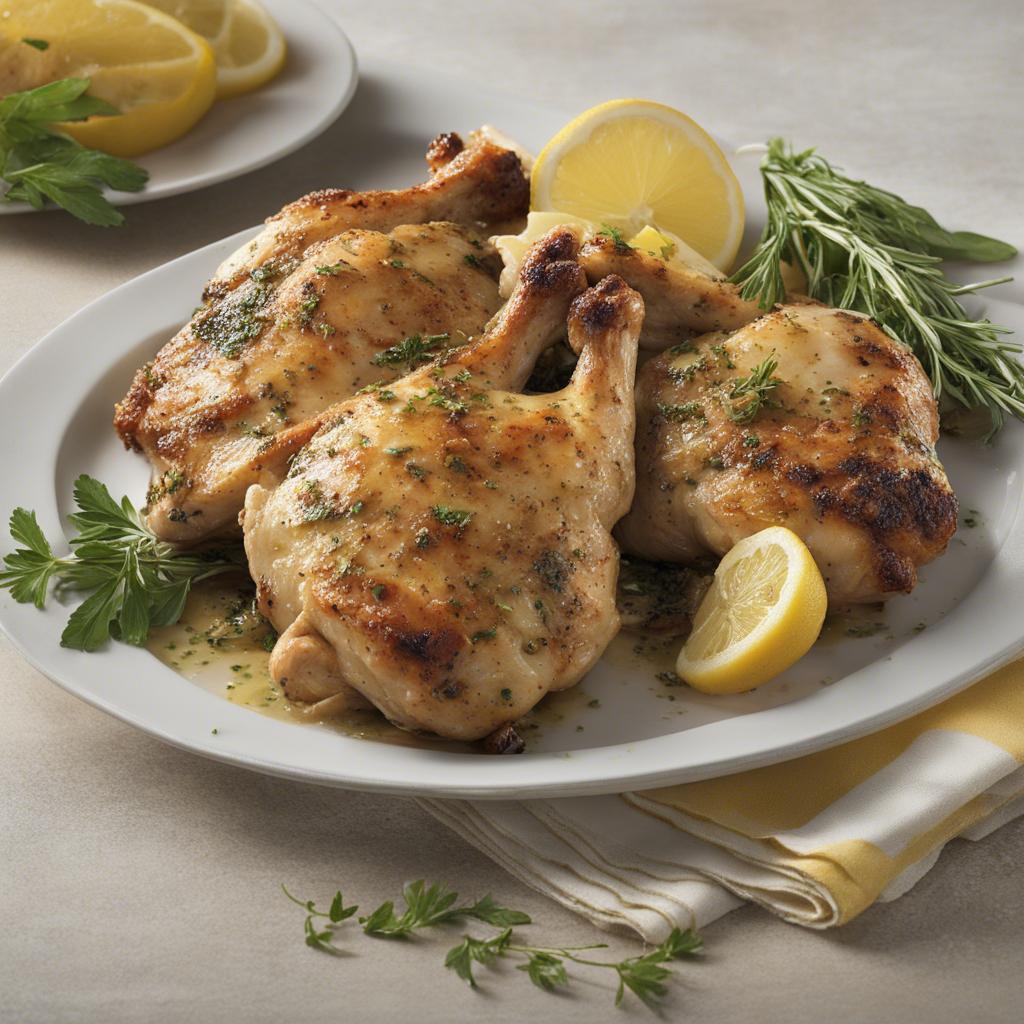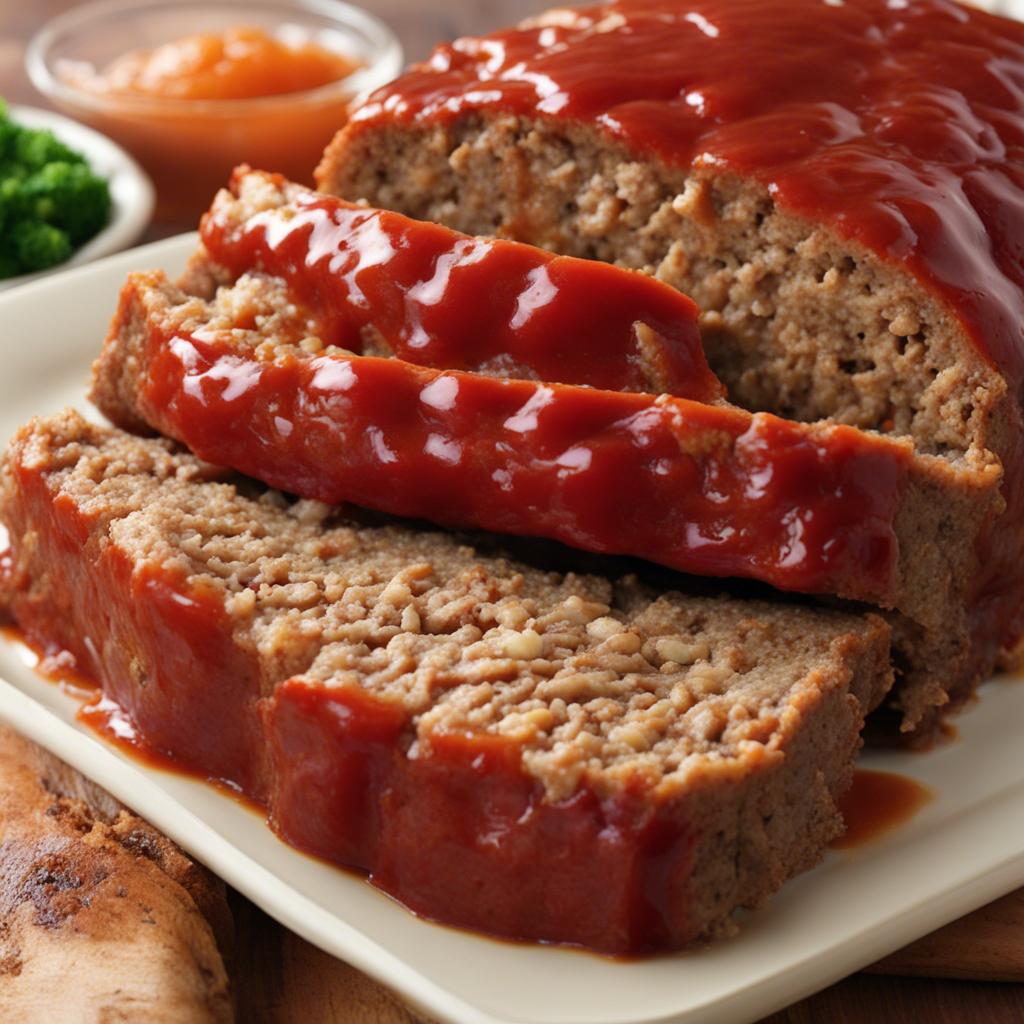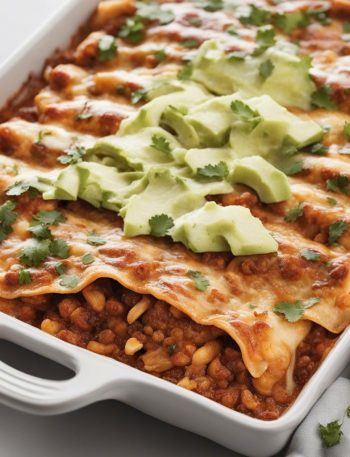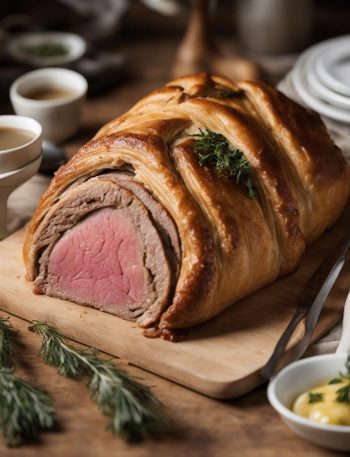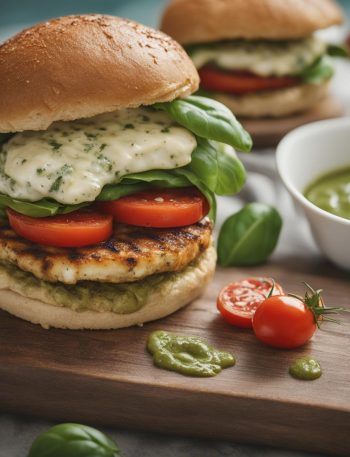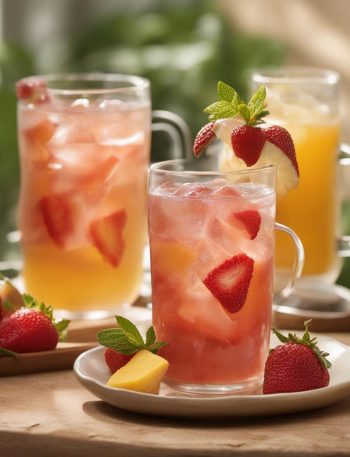
Indulge in a luxurious dining experience right in the comfort of your own home with this Costco Prime Rib recipe. This recipe takes one of Costco’s high-quality prime rib roasts and transforms it into a mouthwatering, restaurant-worthy dish. Perfect for special occasions or just because, this prime rib is tender, juicy, and packed full of flavor.
We’ll guide you step by step, ensuring that even if you’re a beginner, you’ll be able to master this recipe. Get ready to impress your family and friends with a meal they won’t forget!
What is Costco Prime rib?
Costco’s Prime Rib is a flavorful and tender cut of beef, specifically a ribeye roast, which comes from Black Angus cattle. It’s well-known for its succulent taste, tender texture, and generous marbling. It’s a type of beef roast that is sourced from high-quality, well-marbled cuts of meat. It is typically known for its tenderness, rich flavor, and marbling, which adds an extra layer of succulence to the meat.
The Prime Rib offered by Costco is available in different sizes, including options for 7 lbs and 12 lbs, making it suitable for a variety of dining occasions. Some varieties of their prime rib also come pre-seasoned, offering an effortless and convenient choice for customers. Also, these prime rib roasts are sourced from USDA Prime grade beef, making them some of the best quality cuts of meat available.
Why You’ll Love this Costco Prime Rib?
There are many reasons why you’ll love this Costco Prime Rib recipe. Here are just a few of them:
The Ingredients
- Bone-in Prime Rib Roasts: The star of the show, the prime rib, provides a tender and flavorful cut of beef. The bone in the roast helps maintain the meat’s moisture and flavor during the long cooking process.
- Garlic Cloves: Garlic not only adds a distinctive flavor that complements the rich taste of the meat, but it also infuses its juices with aromatic compounds. When minced and added to the rub, it contributes to the dish’s overall savoriness.
- Olive Oil: Olive oil serves as a binder for the herb rub, ensuring it adheres to the roast properly. Its fat content helps brown the exterior of the roast during cooking, creating a flavorful crust. Plus, it enhances the taste of the other spices.
- Kosher Salt: Salt plays a crucial role in any meat dish. It seasons the meat and helps break down its proteins, making it tender and more flavorful. Kosher salt is preferred because its larger grains distribute more evenly over the surface of the meat.
- Fresh Thyme Leaves: Thyme is a classic herb used in roasts for its subtle, earthy flavor. It pairs well with beef and other robust flavors in the dish, enhancing the overall flavor profile without overpowering it.
- Fresh Rosemary Leaves: Rosemary has a strong, pine-like flavor that stands up well to the rich taste of the prime rib. It’s a traditional complement to red meats and adds depth to the roast’s seasoning.
- Black Pepper: Black pepper brings a touch of heat and complexity to the dish. It works hand-in-hand with the salt to season the meat and adds a bit of spiciness that balances the richness of the beef.
Step by Step Instructions
Step 1: Preheat Your Oven
Begin your culinary journey by preheating your oven to a scorching 500 degrees Fahrenheit. This high temperature sets the stage for achieving that coveted prime rib perfection.
Step 2: Craft the Flavorful Garlic Herb Rub
In a small bowl, concoct a flavorful garlic herb rub by blending minced garlic, olive oil, kosher salt, thyme leaves, rosemary leaves, and a dash of black pepper. This aromatic mixture will become the secret to enhancing the taste of your prime rib.
Step 3: Coat the Prime Rib
Take your prime rib roast and generously rub the garlic herb mixture all over it, ensuring every nook and cranny is adorned with this aromatic goodness. This step promises an even coating of flavors that will elevate your roast to new heights.
Step 4: Prepare for Roasting
Now, place your beautifully seasoned prime rib roast on a roasting rack within a roasting pan. Position it bone side down to ensure even cooking and optimal results.
Step 5: Roast at High Heat and Then Reduce
Kickstart the roasting process by placing your prime rib in the oven for a blazing 30 minutes at the scorching 500-degree Fahrenheit temperature. Then, orchestrate a shift in heat by reducing it to 325 degrees Fahrenheit. This gradual transition ensures a mouthwatering medium-rare roast.
Step 6: Check the Internal Temperature
As your prime rib roast bathes in the oven’s warmth, arm yourself with a trusty meat thermometer. Use it to periodically check the roast’s internal temperature. For a succulent medium-rare result, aim for a reading between 135-140 degrees Fahrenheit.
Step 7: Allow for a Graceful Rest
Once your prime rib reaches its desired temperature, perform a crucial act of patience. Remove it from the oven and allow it to rest for at least 15 minutes before carving. This elegant resting period allows the juices within the roast to gracefully redistribute, resulting in a final product that’s tender and brimming with flavor.
Step 8: Carve and Present with Finesse
With the resting complete, embark on the final act of carving your prime rib into sumptuous, thick slices. Remember to cut against the grain of the meat to maximize tenderness. Serve your exquisitely prepared prime rib alongside your favorite side dishes, creating a culinary masterpiece that’s ready to be savored.
Notes
- For best results, use an instant-read meat thermometer to ensure precision and accuracy.
- Don’t skip the resting period, as it plays a crucial role in achieving a tender and juicy prime rib.
- Use the drippings from your roast to make a flavorful au jus sauce or gravy.
- Get creative with the herb rub by adding in other spices like paprika, cumin, or mustard powder for an extra kick of flavor.
Nutrition Information
How to store Costco prime rib?
If you have any leftovers, store them properly to maintain their quality and safety. Here’s how to store Costco prime rib:
Variations
- If you prefer a different level of doneness, adjust the cooking time according to your desired internal temperature.
- For extra flavor, add some minced shallots or grated parmesan cheese to the herb rub.
- Experiment with different herbs and spices such as sage, oregano, or smoked paprika for a unique twist on the classic prime rib. So, you can enjoy a delicious meal even after the holiday season is over. Another option is to use the leftover prime rib in sandwiches, salads, or stews for a quick and tasty meal.
- If you have an excess amount of leftovers, consider freezing them into individual portions for future meals. This way, you can easily defrost and reheat your prime rib whenever you crave it.
- For a more indulgent dish, top your prime rib with melted butter or a creamy horseradish sauce before serving. This adds an extra layer of richness and depth to the already flavorful meat.
Wrapping Up
By following these simple steps and using top-quality ingredients, you can create a succulent and flavorful prime rib roast that will impress your family and friends. Don’t be intimidated by this classic dish; with a little patience and attention to detail, you’ll have the perfect centerpiece for any special occasion.
So go ahead, take on the challenge, and enjoy the mouthwatering results! Happy cooking! So, why not leap and try your hand at making a prime rib roast?

Costco Prime Rib Recipe
Description
Costco’s Prime Rib is a flavorful and tender cut of beef, specifically a ribeye roast, which comes from Black Angus cattle.
Ingredients You’ll Need
Instructions
- Preheat oven to 500°F.
- Mix minced garlic, olive oil, kosher salt, thyme leaves, rosemary leaves, and black pepper in a bowl.
- Rub the herb mixture over the prime rib roast.
- Place roast on a rack in a roasting pan, bone side down.
- Roast at 500°F for 30 minutes, then reduce heat to 325°F for about 2 hours for medium-rare.
- Check internal temperature with a meat thermometer; it should be 135-140°F for medium-rare.
- Rest the roast for at least 15 minutes before carving.
- Carve the roast into slices, cut against the grain for tenderness, and serve with your favorite side.
Frequently Asked Questions
A: Absolutely, this method is not exclusive to prime rib. It can be applied to other cuts of beef like ribeye or tenderloin. However, each cut has its unique characteristics in terms of flavor, texture, and fat distribution, which may slightly alter the final result.
Ribeye, for instance, has rich marbling that yields a juicy, flavorful steak when cooked, while a tenderloin, known for its tenderness and less fat, may result in a leaner dish.
A: Yes, Costco offers both seasoned and unseasoned options for their prime rib. The seasoned variety can save you preparation time and provide a flavorful option if you're unsure about seasoning the meat yourself.
A: It’s not recommended to cook a frozen prime rib as it will result in uneven cooking and may affect the taste and texture of the meat. It is best to thaw the roast before cooking. You can follow these easy steps and master the art of cooking Costco prime rib like a pro.

